Mammography Keypad
Objective: Develop a customized input device tailored for mammography radiologists that combines an intuitive configuration interface with ergonomic design. This aims to enhance efficiency and address the ergonomic challenges associated with traditional mouse and UI interactions.
Outcome: The initial production run of 500 units quickly sold out, reflecting strong market approval. Production continues to meet the ongoing demand.
Design & Production Management
Design Research Lead
Interaction Design
Prototyping
Product Management

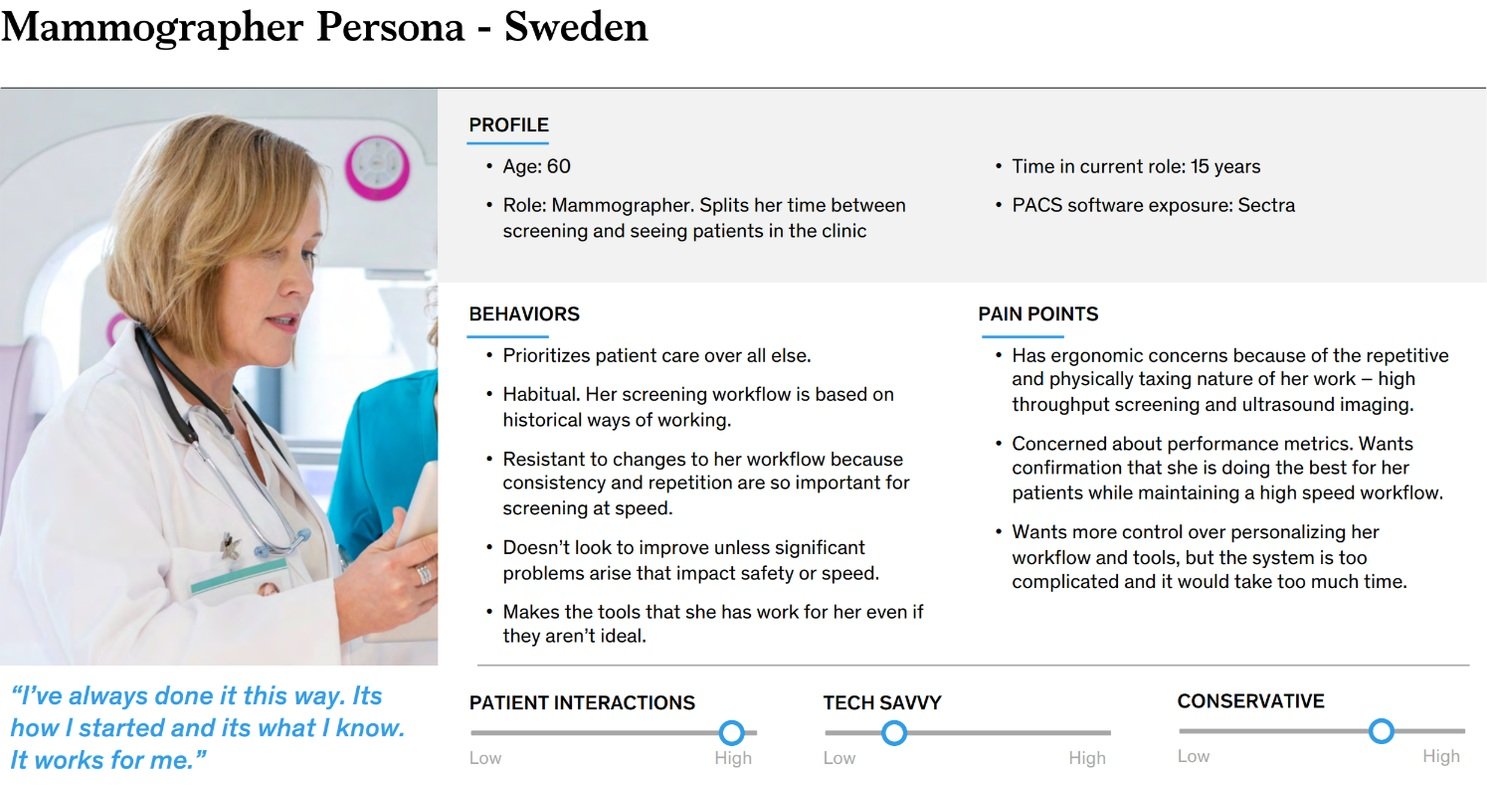




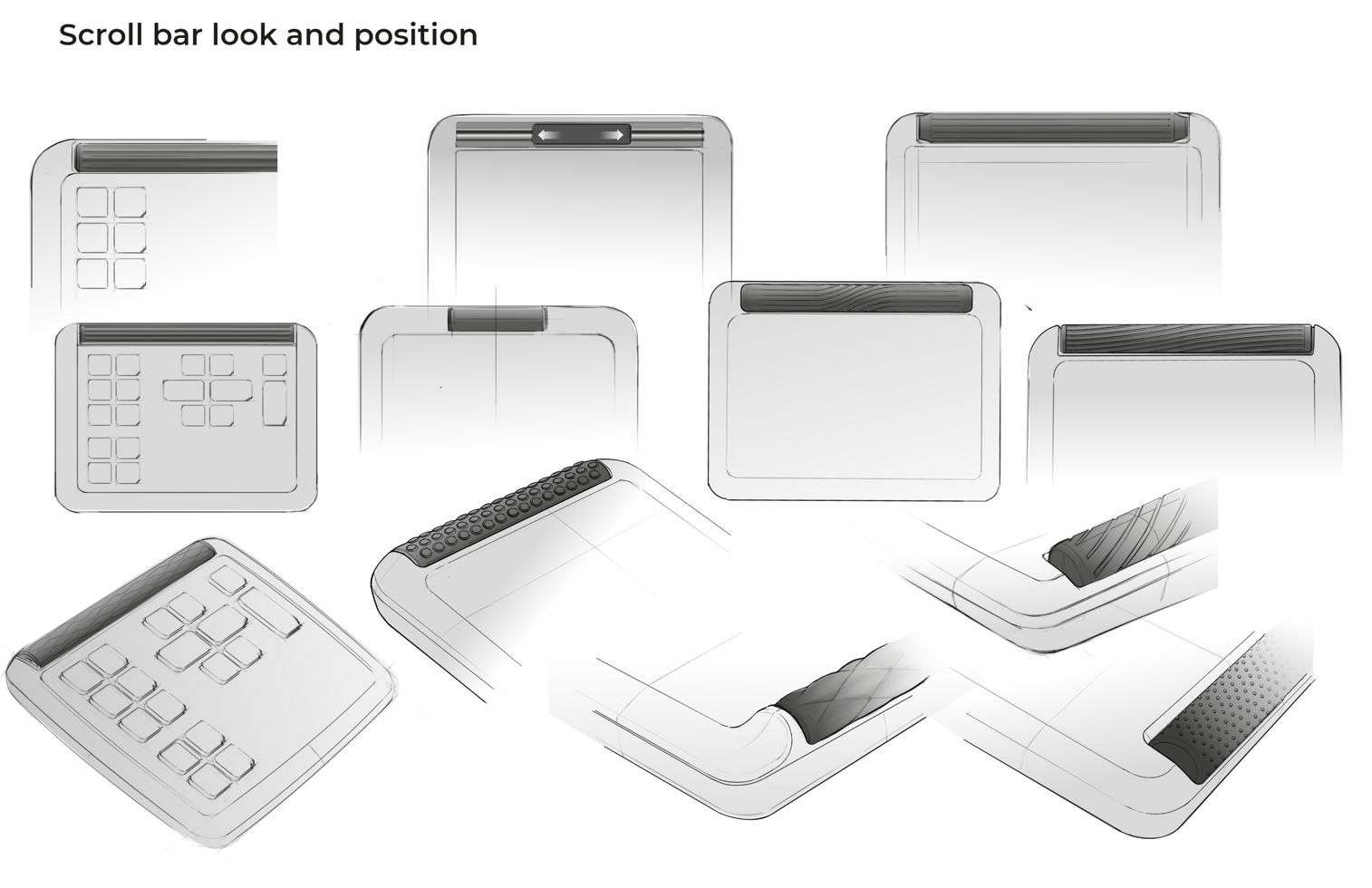
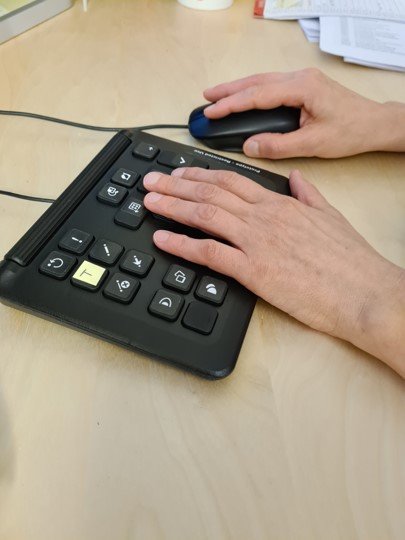
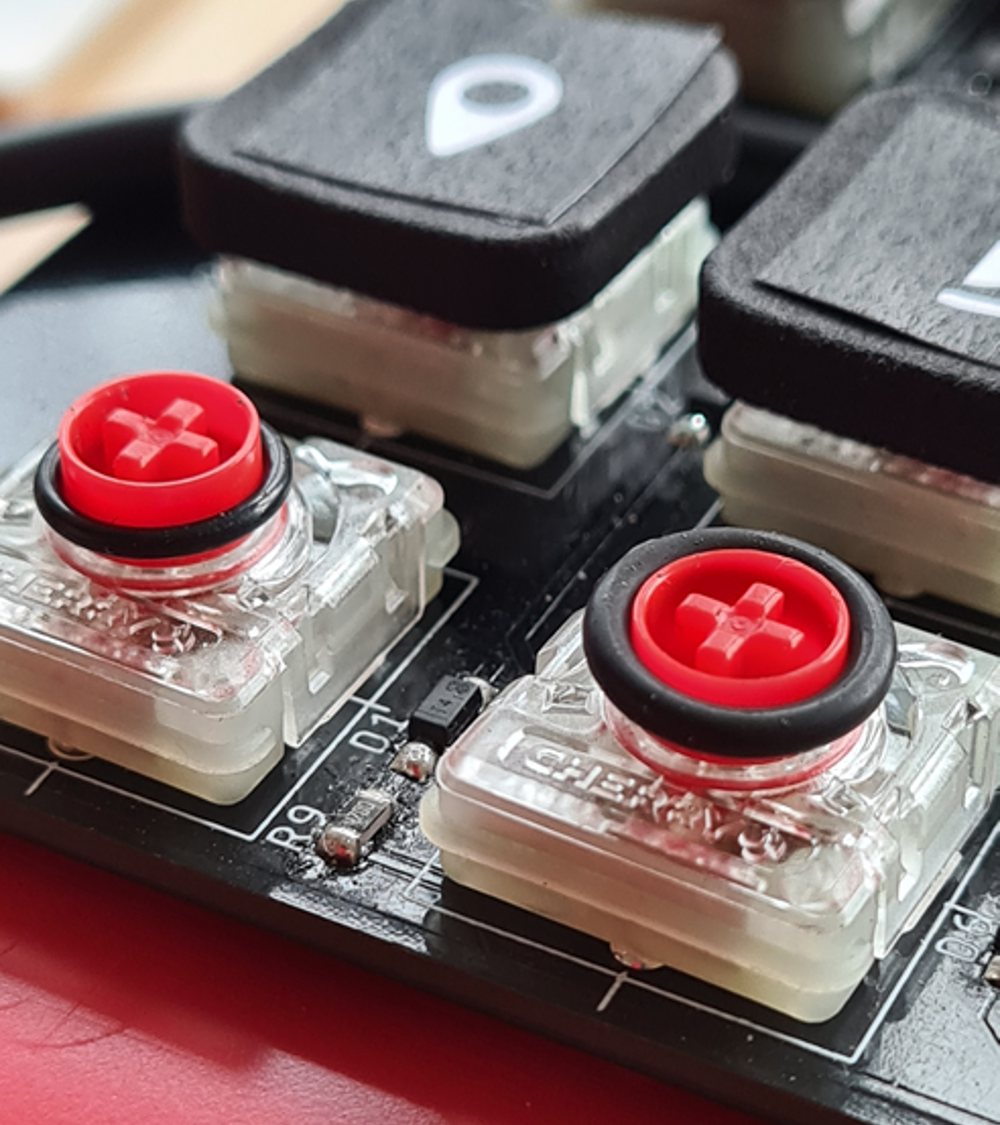
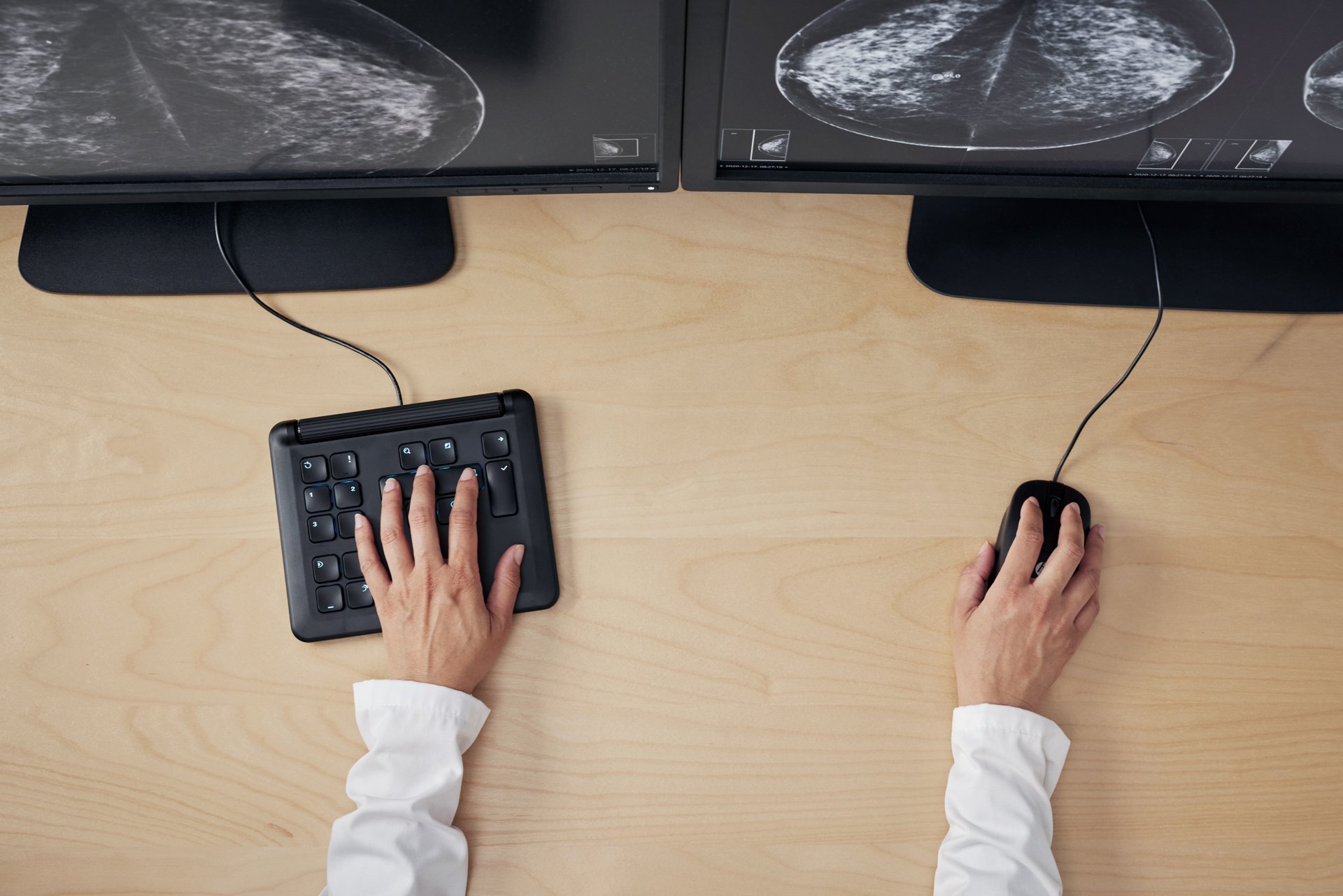
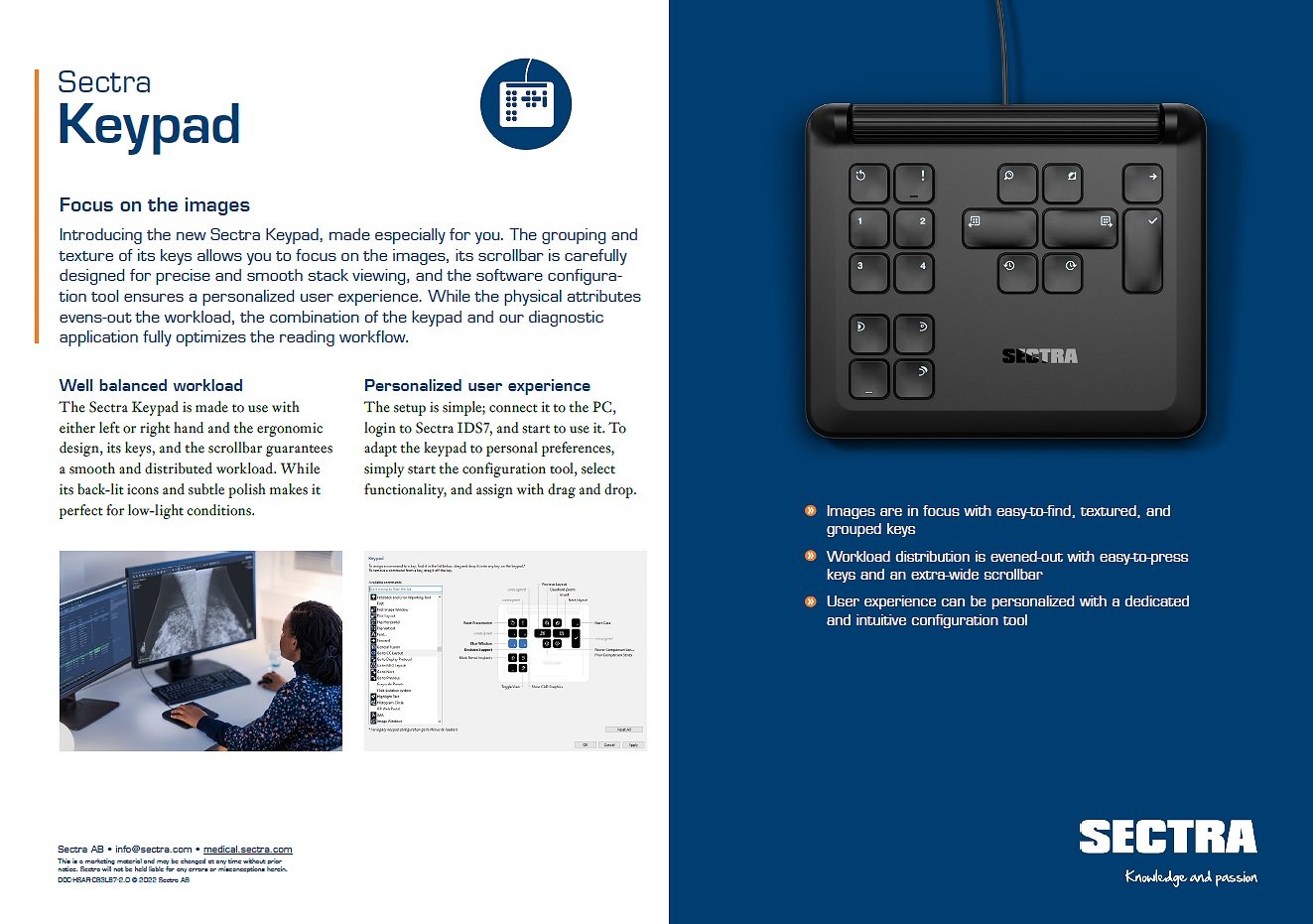
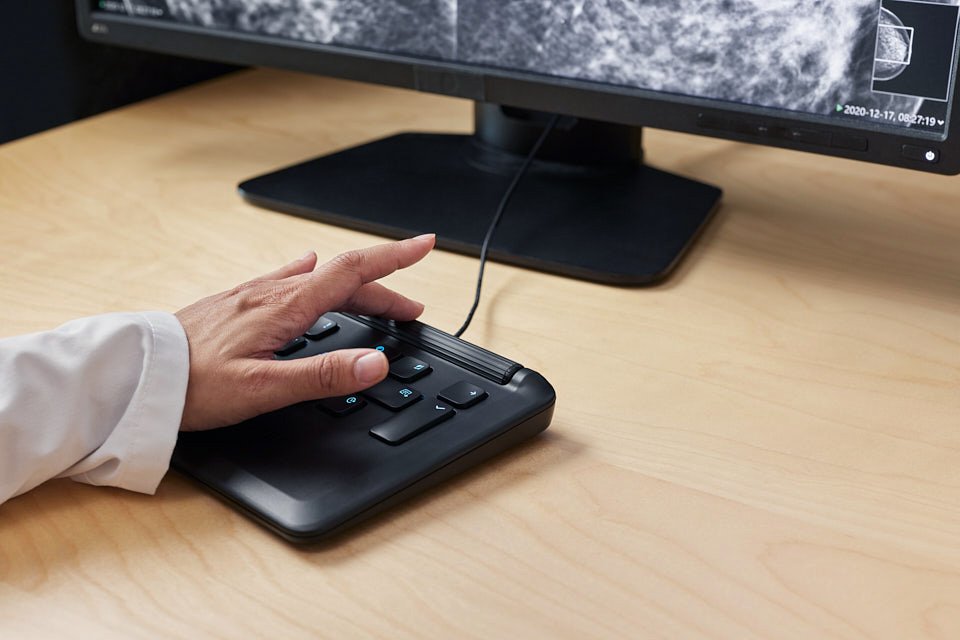
-
American radiologists often review 150 mammography cases daily, while their European counterparts handle even more, due to widespread screenings for all women over 40. This high volume leads to physical strain from repetitive motions involved in manipulating numerous images on a keypad.
Customers globally have expressed concerns about the ergonomics of the traditional device used in these readings, yet they remain reluctant to replace it because of its specialized function in the reading room.
-
We aimed to grasp the nuances of mammography reading workflows to identify user pain points and assess the necessity of a new keypad. We questioned whether AI could digitize the experience and replace the manual processes currently employed by radiologists.
To gather insights, we conducted firsthand user research with nearly 30 radiologists and hospital technologists across Sweden, Holland, and the USA. Through observations, interviews, and co-creation sessions, we explored potential improvements, including the ideal input device for mammography readings.
-
The keypad should integrate seamlessly with software tools to provide a holistic and intuitive user experience, focusing on essential functions for mammography screening while allowing for the use of a mouse. It should also offer flexible customization options to meet diverse user needs and simplify their interaction.
-
We concentrated on two crucial aspects of the new keypad design: its slim, ergonomic physical form and an intuitive layout that optimizes functionality for radiologists. To ensure these features met the highest standards, we developed and globally tested various physical and digital prototypes. Complementing this, we streamlined the device setup to ensure the keypad is ready to use immediately upon unboxing.
For radiologists seeking a personalized touch, the device allows easy customization; users can configure keys by dragging icons onto a visual software representation of the keypad, seamlessly adapting it to their preferences.
-
As newcomers to hardware development, we embarked on the complex journey into hardware and electronics with a considerable degree of naivety. With the aid of a skilled development partner, we crafted numerous prototypes to select and test components, ensuring product durability and reliability while also achieving a sophisticated design aesthetic.
Furthermore, we developed environmentally friendly product packaging, using 100% recyclable materials, and designed a sleek, user-friendly guide that simplifies product usage and maintenance for all users.
-
One of the most enlightening discoveries of this project emerged deep into the product conceptualization stage. It became apparent during observations of radiologists using a fully functional prototype in their clinical settings why the product was essential. Radiologists typically work with multiple monitors, often use a dictation device, and always a mouse.
The keypad, as an additional input device, not only enhanced efficiency by reducing reliance on the mouse but also promoted a more balanced physical workload between both hands. Typically, radiologists heavily utilize their dominant hand for software interaction via the mouse, leaving the non-dominant hand underutilized. An optimally configured keypad, however, helps distribute the workload more evenly, reducing fatigue, enhancing efficiency, and saving time.
Dr. Zhang, Emory Hospital University
“One of the greatest inventions I’ve ever seen. It will make reading mammography images so much easier on a daily basis.”
Dr. Hayes, Sanford Health

